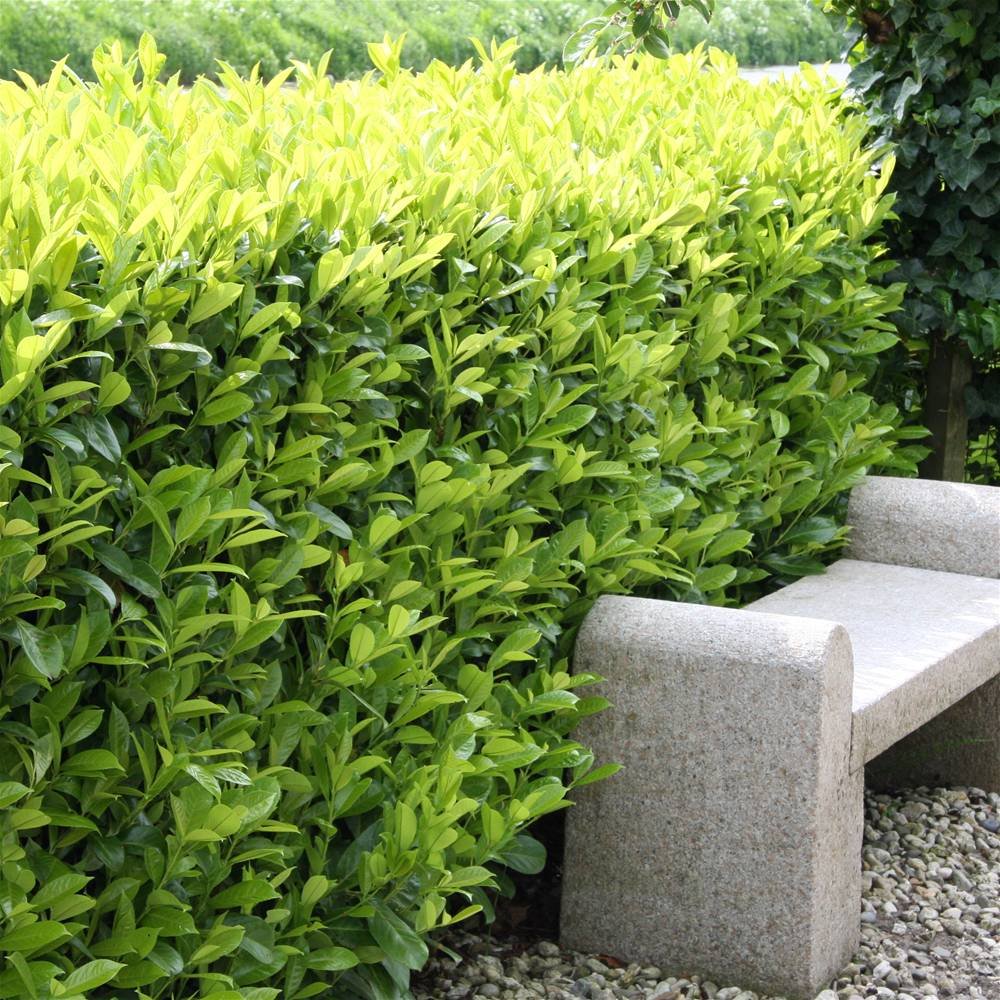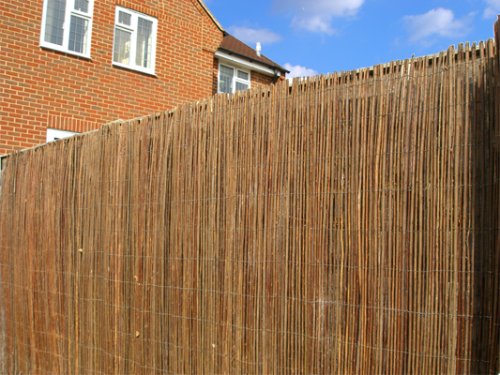
5ft Waney Edge Fencing Panels from Amazon. More visually jarring than a hedge, but it does provide instant screening.
The most common ways in which we protect and define our homes and mark our boundaries is through the planting of a hedge or the construction of a fence unless of course we are lucky enough to be able to afford a lovely brick or old stone wall.
There are advantages and disadvantages to each with regards to cost, visual appeal, and the time each takes to establish as the tables below highlight.
| Fence Advantages | Fence Disadvantages |
|---|---|
| Instant | Cost of a quality fence |
| Low maintenance | Cheap fences will need regular repair |
| Offer good security | Harsh looking |
| Hedge Advantages | Hedge Downsides |
|---|---|
| Aesthetically pleasing | Needs time to establish |
| Cheaper than fences | Yearly maintenance required |
| Natural. Will attract wildlife into the garden | Can take nutrients away from plant borders |
A hedge is a great way to mark your boundary, providing privacy and security. A nice dense hedge like laurel is very difficult for trespassers to pass through. A hedge can act as a natural windbreak, but unlike a fence, it can withstand strong winds with no problems. The density of a hedge also makes it much better at reducing noise and filtering out pollution than a fence. Although hedges do need yearly maintenance they do last a lot longer than a wooden fence, and they are cheaper than a brick wall.
One advantage that a fence has over a hedge is that you can establish privacy very quickly, however instant hedging is available. A good idea can be to combine the two. If you need to immediately secure and define your boundary then a temporary wire fence with a hedge growing along one side of it is one way to achieve this. Remember that the wire is there though when it comes to trimming the hedge.
A great option for a hedge is the cherry laurel. Laurel hedging was a particular favourite of the Victorians due to its density and hardiness. It makes a perfect organic wall, acting as a screen, a windbreak, and a haven for wildlife. It will require trimming only once a year. If left untrimmed it will grow approximately 60cm a year making it ideal to plant young.






